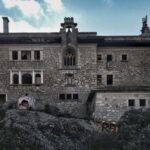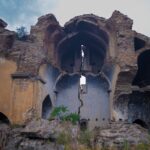Abandoned places have that special appeal, something like a look backwards in time to places filled with dreams unrealized and ambitions forgotten. Take, for instance, the Incompiuta, or the unfinished, Church of Brendola, sitting in north Italy. This intriguing building stands at the crossroads between history, an architectural dream, and the decomposition wrought by time. Constructed to join a split community, today it stands to represent incompleteness and possible rebirth.
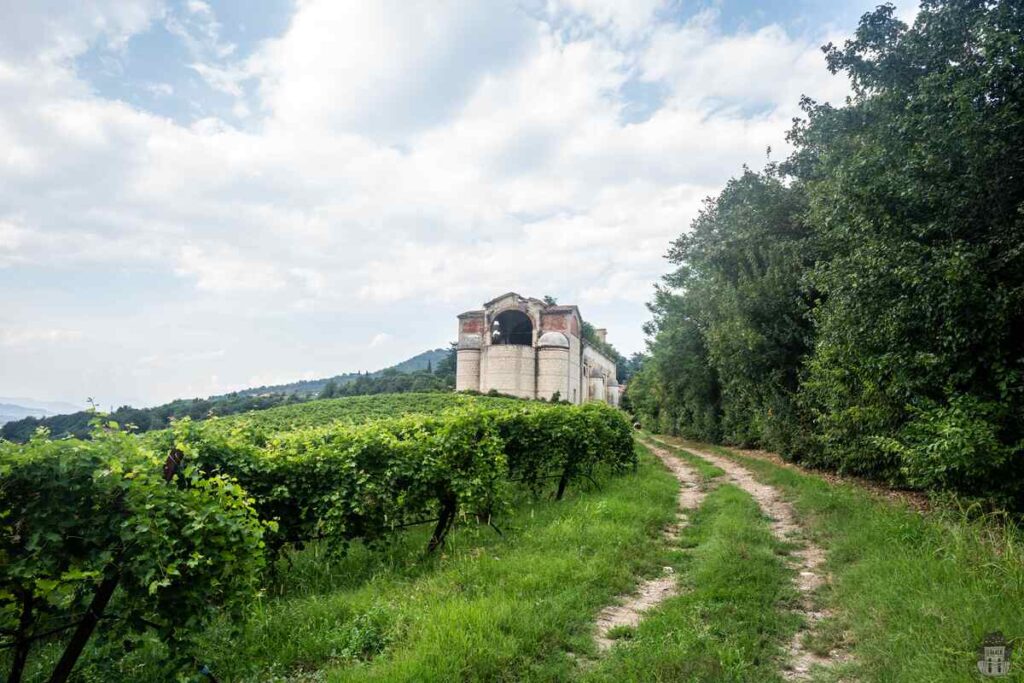
The Vision Behind the Church of Brendola
In the mid-1920s, the town of Brendola was fractured by strong local rivalries between its various districts. To overcome these divisions, the four parish priests of the area conceived a plan to unite all Brendolani under one church, symbolized by a single central bell tower. In 1926, a committee was formed to bring this vision to life, and a site known as Il Cerro was chosen. Perched on a hill, it would become a geographic and spiritual centre for the town.
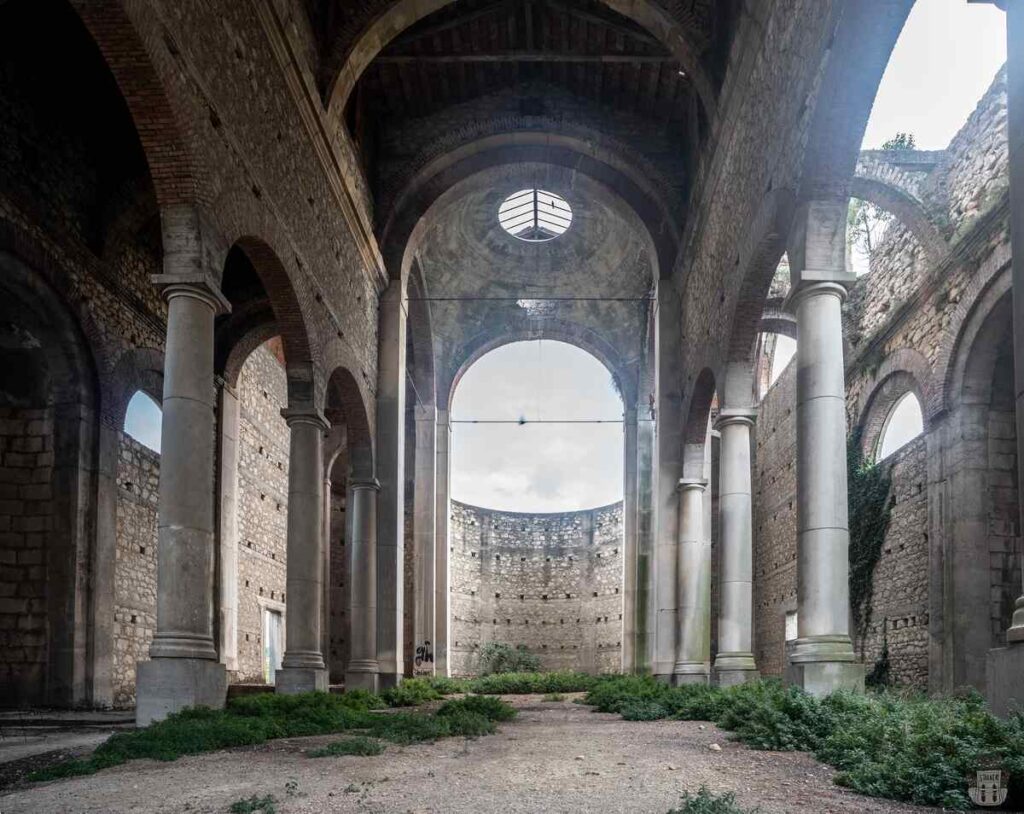
A Community Effort to Build Unity
The Bishop of Vicenza, Ferdinando Rodolfi, gave his blessing to the project on October 14, 1928, setting the stage for the ambitious construction effort. Architect Fausto Franco designed the church, and the first stone was laid on October 3, 1931. The project was a true community effort—volunteers from all parts of Brendola worked together, gathering materials from local sources, such as stones from the communal mountain and sand from the Guà River.
Progress was rapid, with special permission granted to work on Sundays. By the summer of 1933, the church’s columns were already visible. Even when the local parish priest fell ill in 1935, the townspeople continued the work, determined to complete the church. A striking 4-meter-tall statue of Saint Michael the Archangel, sculpted by Giuseppe Zanetti, was placed atop the facade as a symbol of protection and unity.
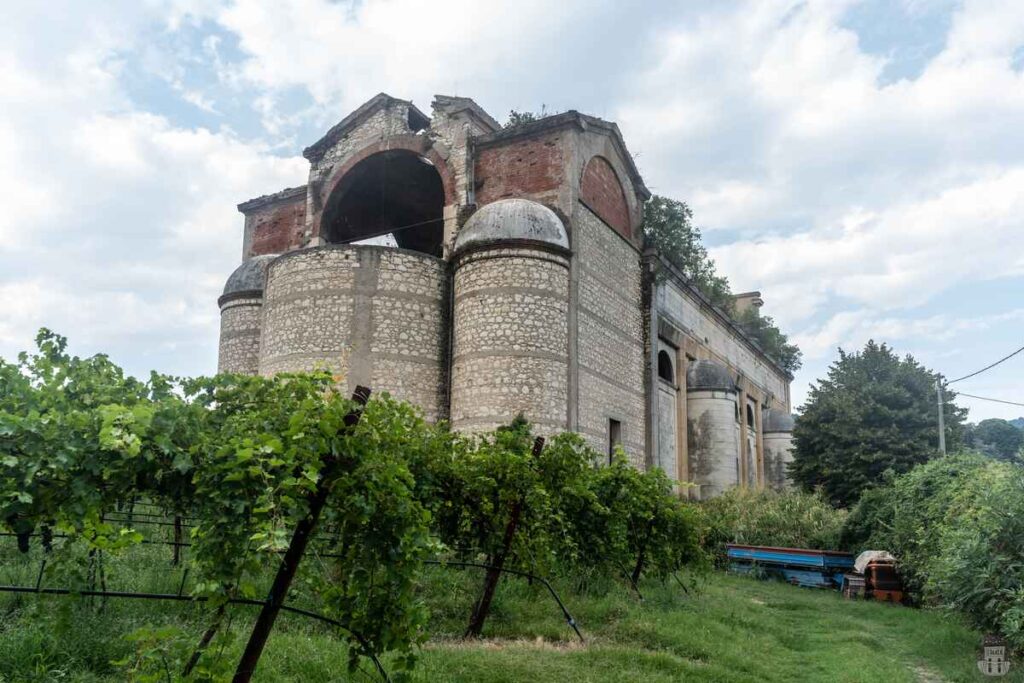
The Sudden Halt: War and Abandonment
Despite the early momentum, the project came to an abrupt halt during World War II. By 1941, the structure stood 28.5 meters tall, covering an area of 1,124 square meters, but construction ceased, never to be resumed. The reasons remain unclear, with theories ranging from financial difficulties to resource shortages during the war.
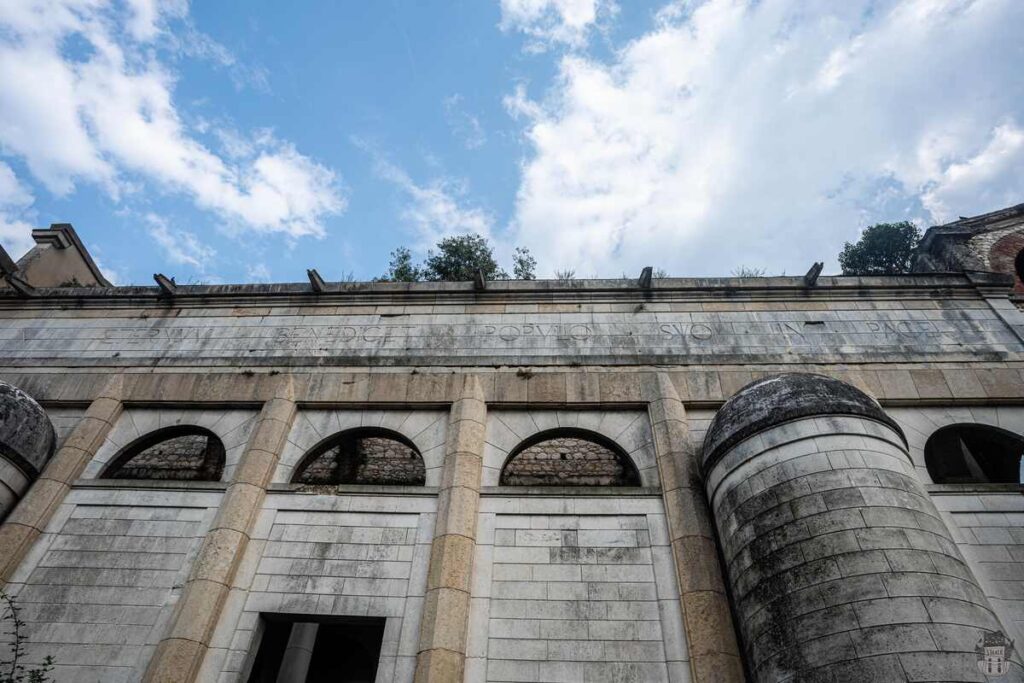
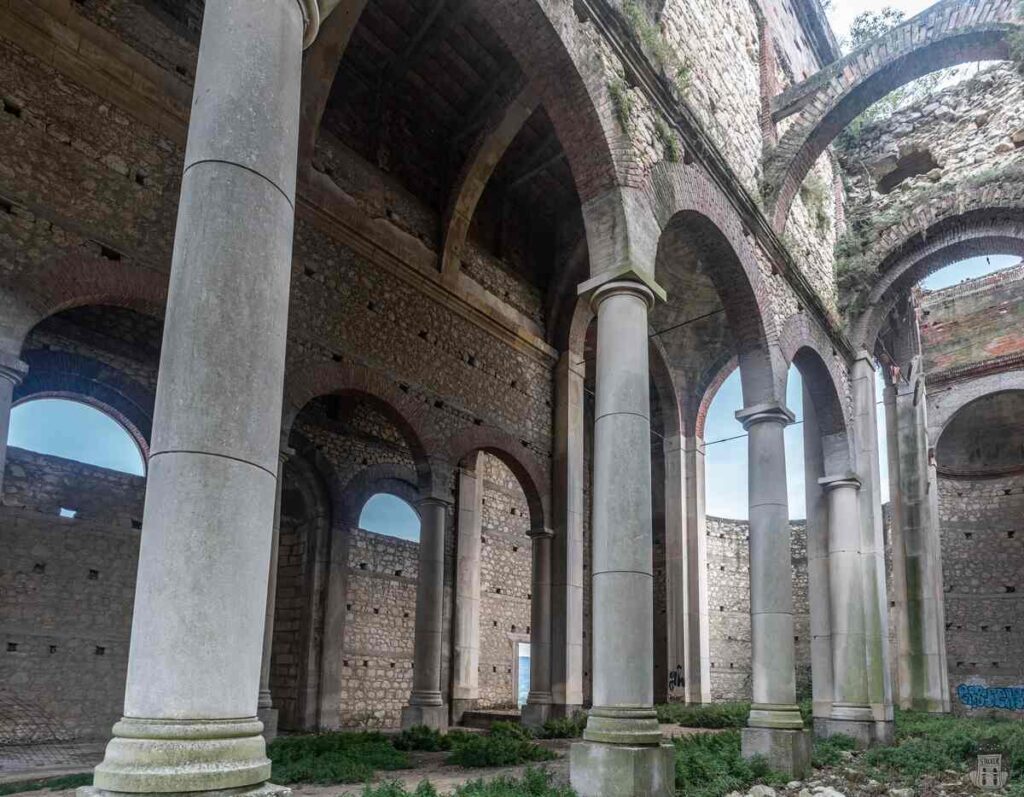
The Death of Don Francesco Cecchin
Another turning point came with the death of Don Francesco Cecchin, the driving force behind the project, in 1949. His passing marked the beginning of a prolonged period of abandonment. Without a leader to continue the project, the church, known as the Incompiuta, fell into disrepair. For over 60 years, it stood as a haunting reminder of unrealized ambition, left exposed to the elements and slowly deteriorating.
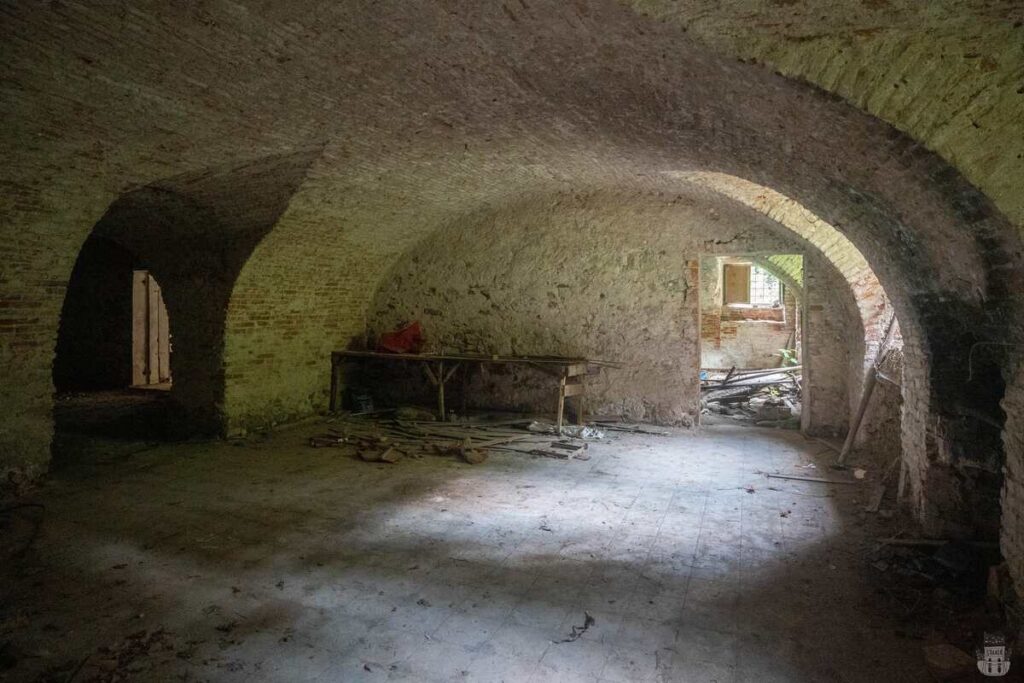
The Future of the Incompiuta: A Vision for Renewal
In recent years, there has been a renewed effort to give the Incompiuta a new purpose. A proposal has been put forward to transform the abandoned church into an archaeological garden. The idea is to integrate the site into the local museum system (SMAC), creating a space that would host archaeological findings from the surrounding area. This ambitious plan envisions the Incompiuta as a place where history and nature converge, with gardens, plazas, and exhibition spaces that make the church accessible to the public once again.
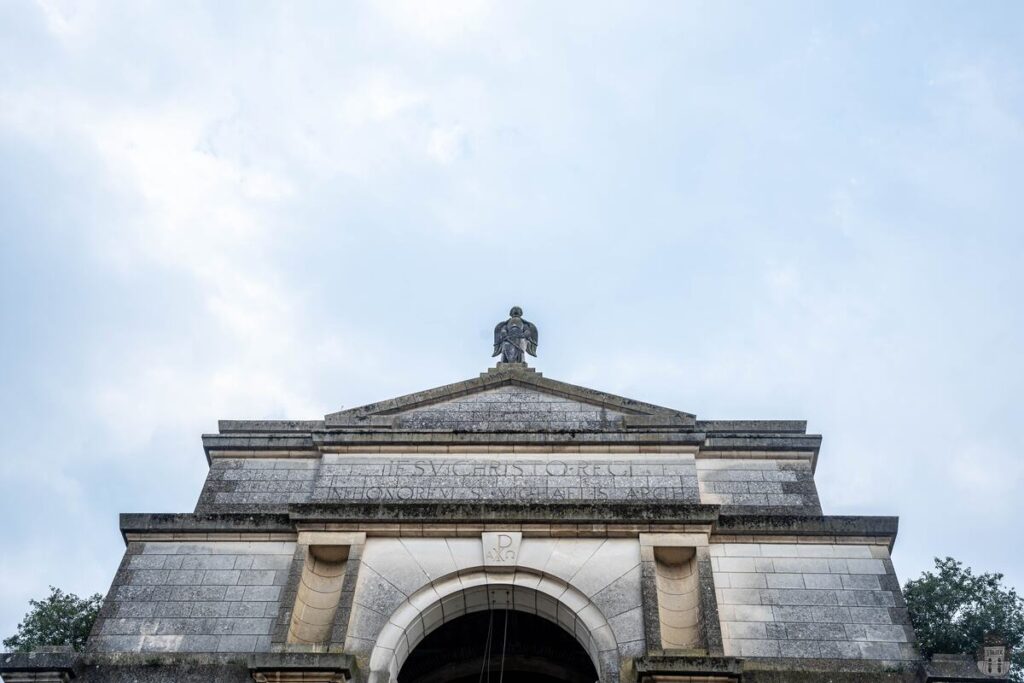
Urbex location:


